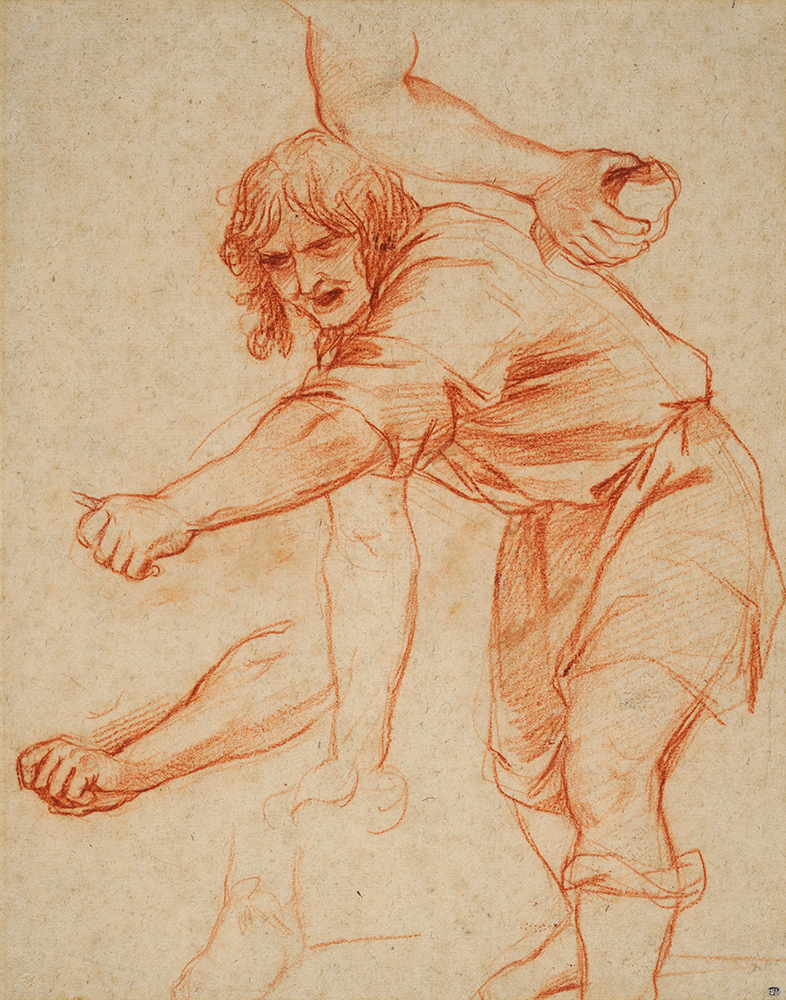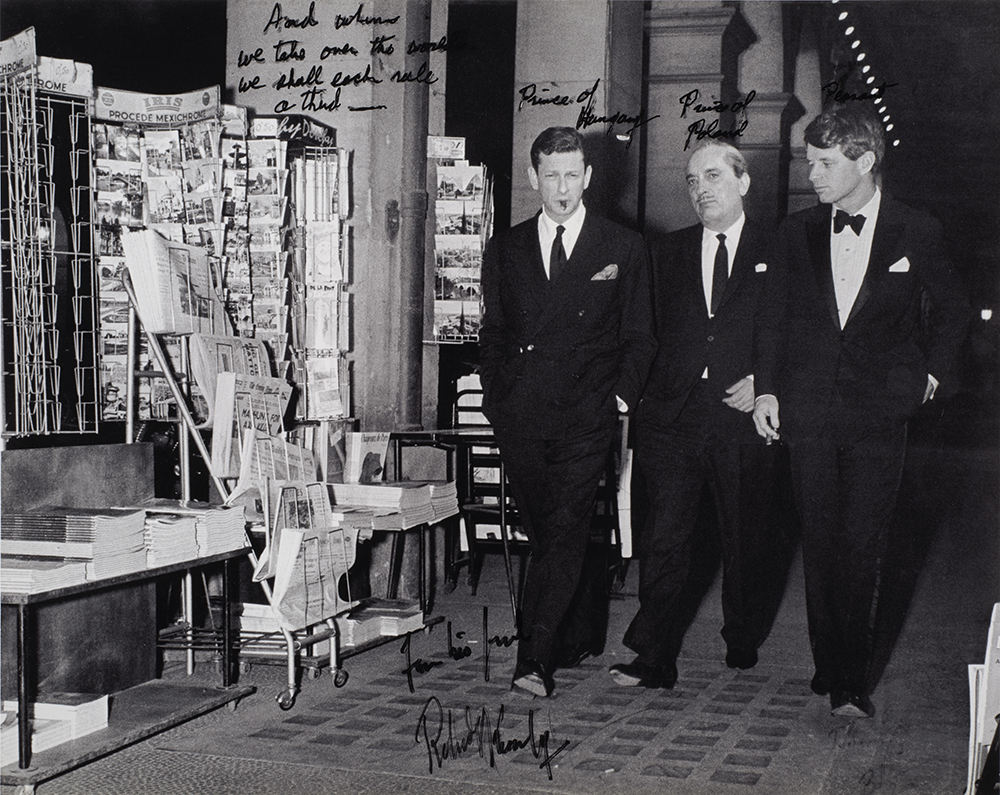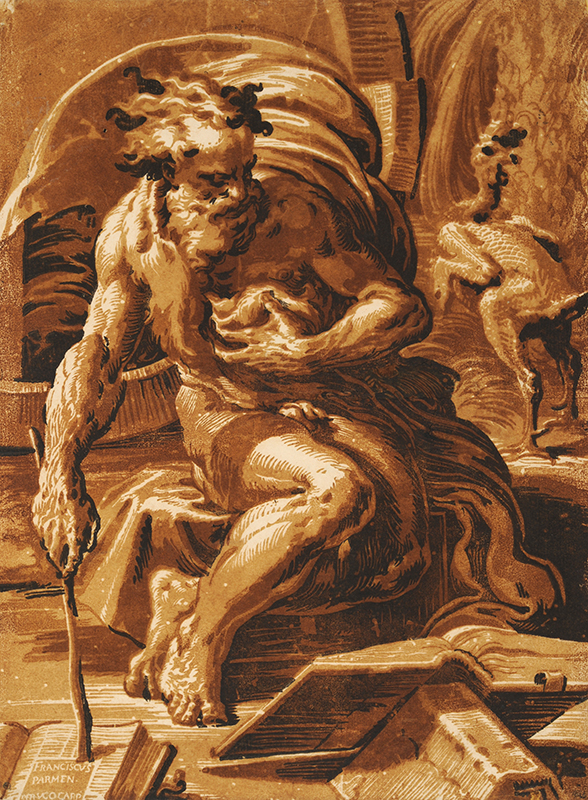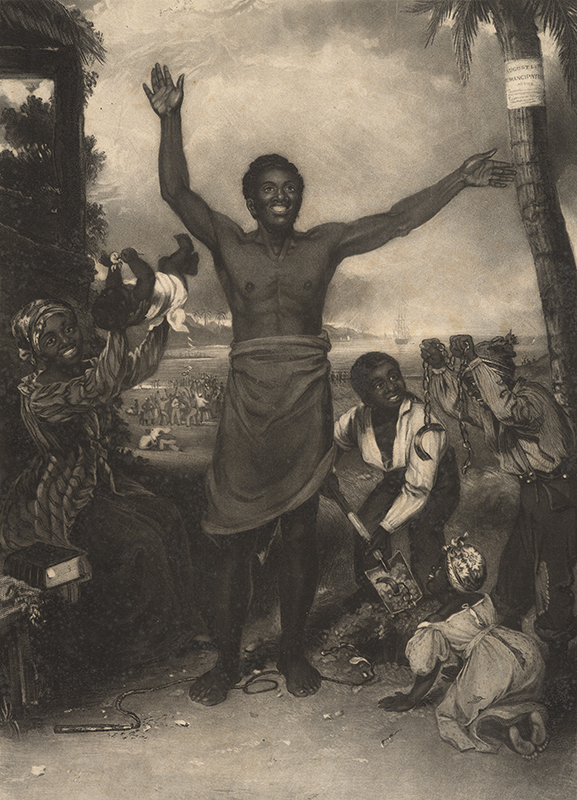This exhibition inaugurates a reflective program implemented by the Beaux-Arts de Paris curatorial team to put into perspective the singular present of this school-museum
of this school-museum by its equally unique history, which was also the foundation of museum thinking in France.
Based on a dozen emblematic figures - architect, curator, donor - La Fabrique des collections illustrates the main stages in the creation of a heritage that continues to nourish the imagination of young artists. From the Royal Academy to the second half of the 20th century, this exhibition reveals a little-known and now largely imperceptible history, embodied by colorful characters and paved with seminal anecdotes. Combining objects of different kinds, works and archives, within a common narrative framework, the exhibition takes a resolutely contemporary approach.
The collections of the Beaux-Arts de Paris owe a great deal to Alexandre Lenoir, a painter and art critic who created the first museum dedicated to French art, called the Musée des Monuments Français, on the future site of the École. The monumental elements that remained when this museum closed, together with the collections inherited from the Royal Academies, formed the core of the "Musée des Études", built by the architect Félix Duban and designed by the École's first curator, Louis Peisse. The museum's subsequent development was driven by Eugène Müntz, who initiated the inventory, and Wanda Bouleau-Rabaud, the first female curator at the Beaux-Arts de Paris.
The museum is also founded on generosity, thanks to the influx of several hundred bequests and donations whose content and motivations are extremely varied: former students of the École, such as the architect Joseph Michel Lesoufaché or the engraver Jacques Edouard Gatteaux; political figures such as Victor Schoelcher; little-known philanthropists, such as Célestine Chenavard, or collectors in love with an atypical place, such as Jean Masson or Mathias Polakovits. Each, in their own way, has contributed to the collections of the Beaux-Arts de Paris.
Some forty works, most of them previously unpublished, will be on show. These include a sanguine by Charles Le Brun in preparation for a Mai de Notre-Dame, a drawing by Ingres, a miraculous survivor of the Commune fires, and a youthful pen-and-ink sketch by Georges Rouault. Unexpected works will also be on view, including a print on the abolition of slavery by David Lucas and the diary of the woman in charge of the École's collections during the events of May 68.
A catalogue is published for the occasion.
Curated by
Hélène Gasnault, Curator of Drawings, Estelle Lambert, Curator of Manuscripts and Prints, and Alice Thomide-Berrada, Head of Collections and Curator of Paintings, Sculptures and Objects at the Beaux-Arts de Paris.
"Treasures from the Beaux-Arts collection in Paris"- Libération
"The École des Beaux-Arts is grateful to its donors" - Le Figaro
Practical information
14 rue Bonaparte, Paris 6th arrondissement
Wednesday to Sunday, 1pm-7pm
2, 5 or 10 €, the choice is yours!

Charles Le Brun Figure d’homme et étude de bras, vers 1651 Sanguine sur papier beige

Anonyme Mathias Polakovits, le prince Radetzky et Robert Kennedy marchant rue de Rivoli (de gauche à droite), v. 1960-1968 Photographie argentique

Ugo da Carpi d’après Parmigianino Diogène, vers 1526-1527 Gravure sur bois

David Lucas To the Friends of Negro Emancipation Gravée par David Lucas d’après Alexander Rippingille, 1834 Manière noire

Charles Bouleau Portrait de Wanda Bouleau-Rabaud, v. 1939 Huile sur toile Collection privée




